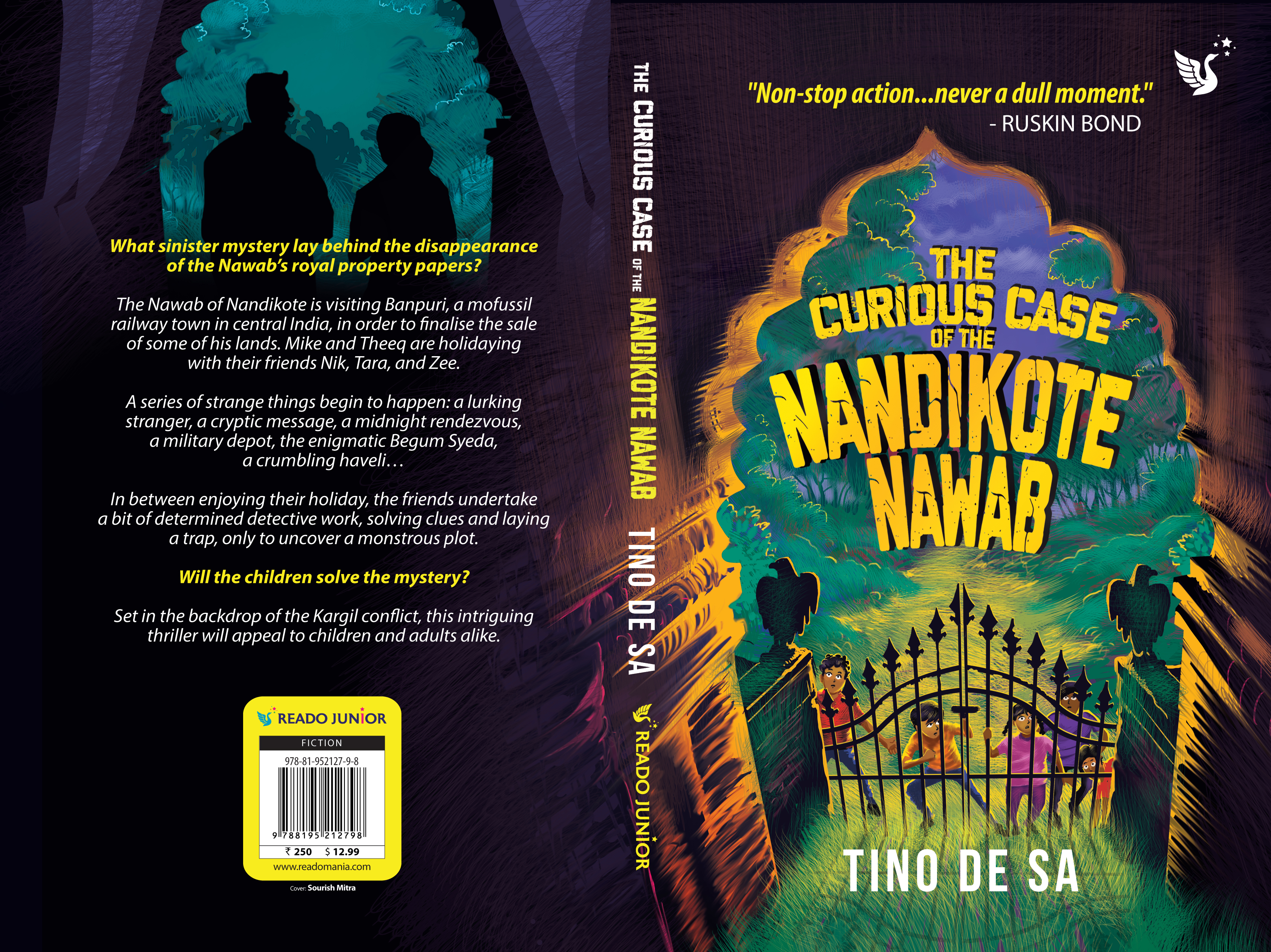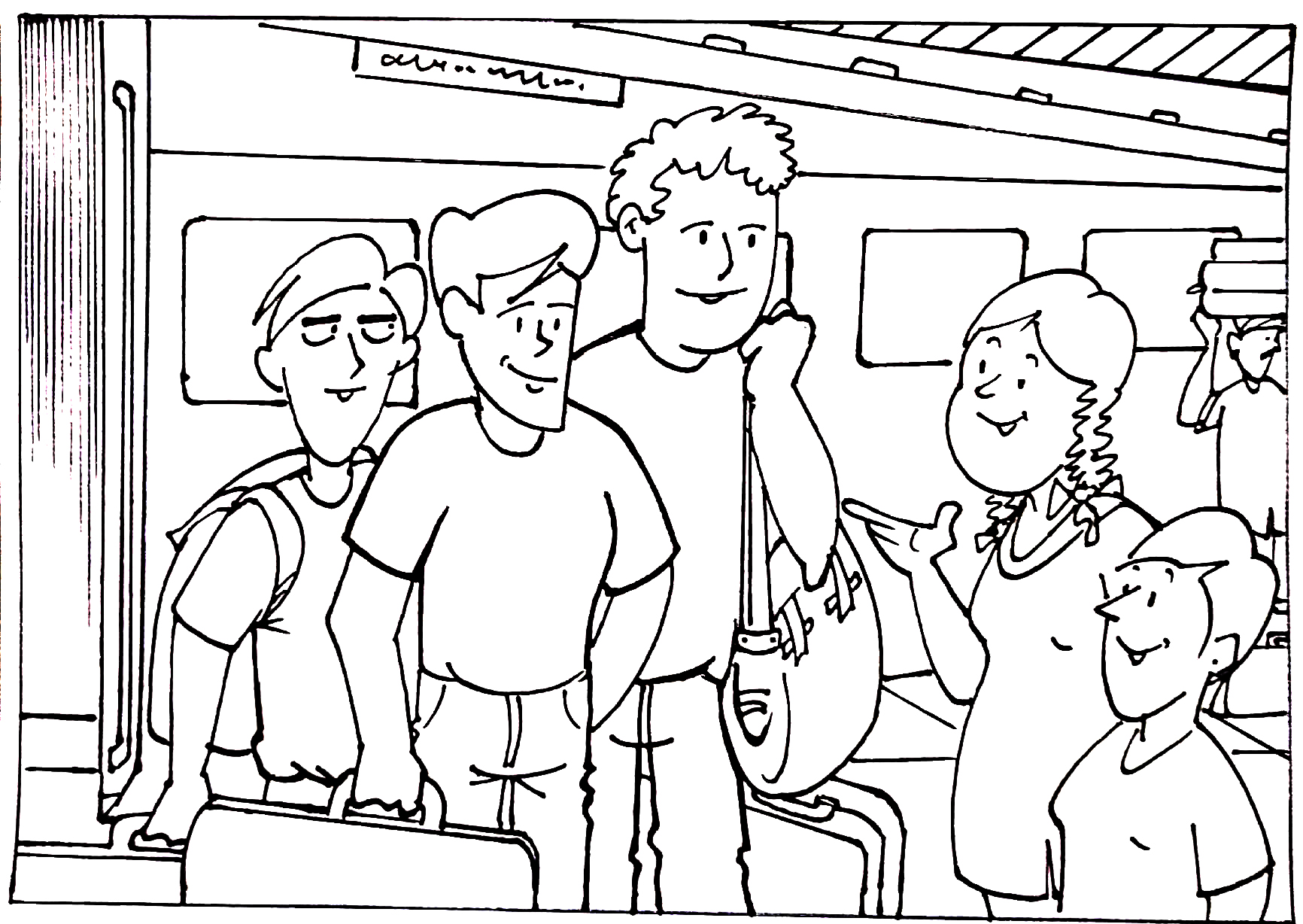 Tino de Sa grew up a thousand miles away from his ancestral island-village of Divar, Goa, in the dusty little central Indian railway town of Bhusaval, where his father ran a picture house and, off and on, was Mayor. He took degrees at St. Xavier’s College in Mumbai and then, as a Mason Fellow, at Harvard in the USA. He was selected to the Indian Administrative Service (IAS) in 1980. His varied assignments included a stint with the United Nations, and culminated in his being one of the longest-serving Chief Secretaries of Madhya Pradesh. He has twice won the first prize in the Times of India ‘Write India’ national short story competition—in 2017 and again in 2019. Some of his poems have been included in anthologies of the Poetry Society of India and Delhi Poetree. He is the author of two collections of short stories, The Disrobing of Draupadi and Other Stories and One for Sorrow, Two for Joy; a third, The Day Nehru Died and Other Stories is due to be released shortly. This is his first novel for young adults. Tino de Sa is the nom de plume of Anthony de Sa.
Tino de Sa grew up a thousand miles away from his ancestral island-village of Divar, Goa, in the dusty little central Indian railway town of Bhusaval, where his father ran a picture house and, off and on, was Mayor. He took degrees at St. Xavier’s College in Mumbai and then, as a Mason Fellow, at Harvard in the USA. He was selected to the Indian Administrative Service (IAS) in 1980. His varied assignments included a stint with the United Nations, and culminated in his being one of the longest-serving Chief Secretaries of Madhya Pradesh. He has twice won the first prize in the Times of India ‘Write India’ national short story competition—in 2017 and again in 2019. Some of his poems have been included in anthologies of the Poetry Society of India and Delhi Poetree. He is the author of two collections of short stories, The Disrobing of Draupadi and Other Stories and One for Sorrow, Two for Joy; a third, The Day Nehru Died and Other Stories is due to be released shortly. This is his first novel for young adults. Tino de Sa is the nom de plume of Anthony de Sa.
On the eve of the release of his latest book, Readomania caught up with Tino on his writing and more.
Readomania: How and when did you get the idea of writing this book?
Tino: Adventure is something that has always fascinated me. Growing up in a small railway town, where the main mode of transport was a bicycle, learning to swim in the river Tapti, going pigeon-shooting in the surrounding fields, I always imagined that what I read in books could happen to me. Alas! it didn’t. And so in this book I made it happen.
Readomania: The setting brings in nostalgia for some of us who have grown-up dreaming about the vacations you describe in the book. However, children today have a very different life. Do you think they will connect with your story?
Tino: I am sure they will! Whatever the setting, the thrill of adventure is irresistible. After all, if a reader can connect with a historical setting, what is the difficulty in connecting with life in a small town? Besides, though lifestyles may have changed drastically in cities, the change in district towns and smaller places is not that much.
Readomania: This is your first book for children. How is writing for children different from other forms of writing?
Tino: In many ways it is more difficult. One has to tread the fine line between very elementary language and using words that send the young reader to the dictionary every now and then. One has to be able to write in a way that excites the imagination of a child without being unbelievable; to present something that informs without being pedantic. One has to create a world a child would like to live in.

Readomania: What do you think are the most important elements of a good children’s book?
Tino: A children’s book needs to be a page turner. An adult may persevere through a few pages of material that may not be so interesting in the hope that better stuff will follow; a young reader will not.
Readomania: The illustrations in the book are wonderful. How did you decide which scene to convert into an illustration?
Tino: I made a few suggestions that represented the “action” in the chapter, without revealing too much of the mystery (since I know that young readers – I do it myself – love to glance at all the illustrations before reading the book)! But I must compliment the Readomania team for the final product. They are so professional and so accommodating; it was a pleasure to work with them.
Readomania: Let us understand a bit about how you write. Do you have a specific way of writing books? What is your method in writing?
Tino: I don’t really have a specific method. But one thing I am addicted to is self-editing. I edit, edit, edit. I re-read what I have written very frequently, sometimes aloud, and try to get it to ‘sound’ right – especially the dialogue. If it doesn’t sound natural, I work on it till it does.
Readomania: Are there any writing quirks that you follow?
Tino: None that I am aware of! Except, perhaps, that I write in bursts. It is a habit I’m trying to correct – I need to be more consistent and regular. New Year’s resolution.
Readomania: What challenges did you face while writing this book?
Tino: Writing in English about characters and situations in India, especially for children, is not easy. Though clearly the genre is influenced by writers like Enid Blyton and Richmal Crompton, one has to avoid the trap of sounding like them – if that were so, the narrative would be stilted and unbelievable. The most challenging part, therefore, was the dialogue – it needed to sound, genuine, authentic.
Readomania: Children these days have too many distractions. How does one lure them into reading books?
Tino: By writing stuff that they’d like to read. I don’t think there is any other way. Writers have simply to compete with computer games and Netflix by producing something equally interesting and addictive.

Readomania: As we end this interview, tell us who are your favourite authors? What books did you grow up with?
Tino: The first books I grew up with were by Enid Blyton and Richmal Crompton. But when I was 11 I chanced upon an Agatha Christie and became a fan. Erle Stanley Gardener and James Hadley Chase were followed by Leon Uris, Arthur Hailey, John Grisham, Ken Follet, John Irving, Isaac Asimov– good heavens! There are hundreds of them! Jane Austen is another favourite author. Ruth Rendell, Jeffrey Archer, Rushdie, O’Henry and R.K. Narayan – I’m sure I’ve left out several – too many – whom I’ve adored at different times.
Readomania: Thank you Tino, for this wonderful interview. We look forward to a lot more stories from your pen.
You can buy his latest book, The Curious Case of the Nandikote Nawab from Readomania


Comments